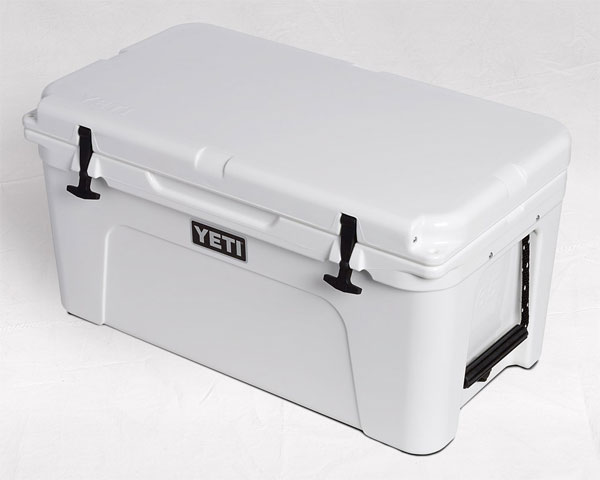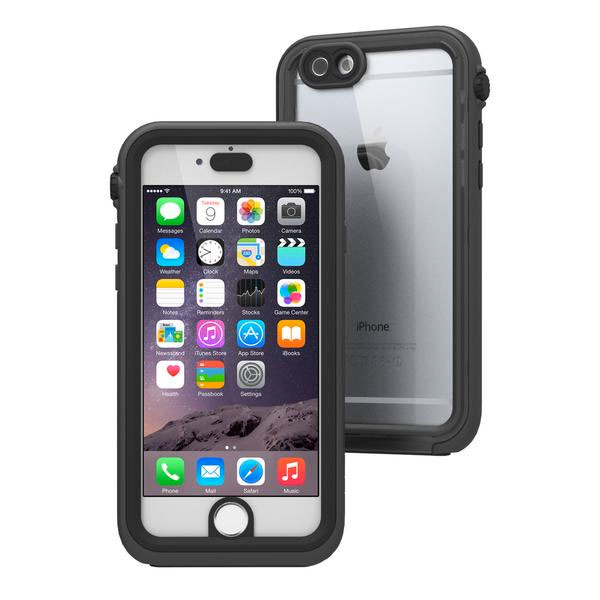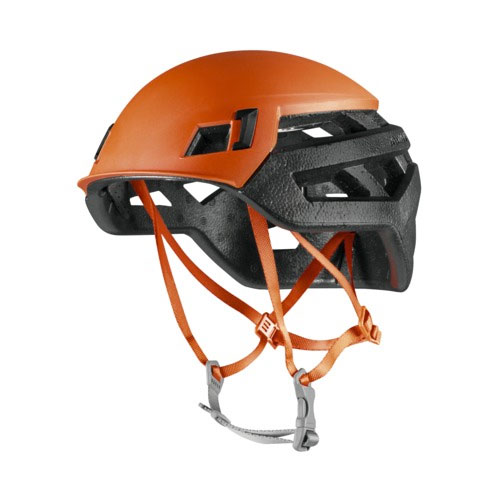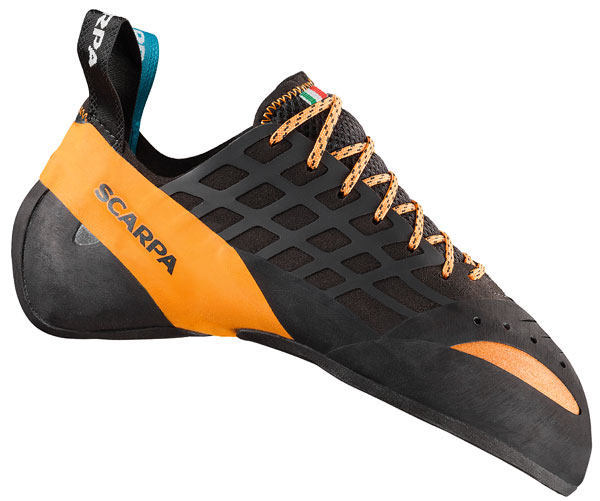4 Gear Essentials for Spring
Even though we still have quite a bit of snow in the mountains, spring has finally arrived in Western Colorado. The warm, dry days are outnumbering the wet and cold days, there’s light in the sky late into the evening, and it’s time to climb! In that vein, we offer up some unique and worthwhile gear that you might find helpful as you kick your own climbing season into high gear.
Yeti Tundra 65 Cooler
These folks have exploded on to the outdoor scene, but if you aren’t familiar with their products yet, you might be wondering what all the hubbub is about. And you also might be thinking, $400 for a cooler, that’s insane!! I admit, at first I too was skeptical. I mean I had always used this crappy little Rubbermaid cooler and it seemed to do OK. Little did I know how subpar OK was.
I got a Yeti Tundra 65 back in the fall and have taken it on several extended road trips. The biggest stand out for me: a block of ice will keep food chilled for a week. That’s of course taking some precautions, like keeping it in the shade, not leaving it open longer than you need to when grabbing things out of it. But a solid week without having to add more ice. Damn. You can thank the pressure-injected commercial-grade polyurethane foam in the walls and lid for that little miracle of science.
They are also extremely durable, and Yeti in fact claims the Tundra is virtually indestructible. I thought about trying to use one as a sledding toboggan to prove a point, but just in case something went wrong decided against it. Still, given the high quality construction, this is something you’ll have for a long time.
There are, of course, some downsides. All that insulation means it’s pretty heavy. When loaded up I can’t move the 65 by myself. Maybe I need to do more deadlifts, but for now I need help moving it into my car. And of course there is the cost. However, plenty of people throw down a lot of cash for a sleeping bag or a tent, and if you take car camping seriously, or spend a lot of time on the road, this is well worth the investment.
The Tundra comes in a variety of sizes, from 35 liters all the way up to a gargantuan 350. I got the 65, which is adequate for two people for an extended trip.
Retail: $399
Best use: Keeping food and beverages cold for extended periods of time.
Worst use: Though it might pass as a toboggan, if you crash into something at high speeds you’ll be sorry you ruined such a nice cooler.
More info here
____________________________________________________________________________________
Catalyst iPhone Case
My first iPhone met it’s demise after a slow and painful death getting choked up with desert sand and the occasional forgetting to close my pocket while shredding powder. After getting it replaced, I decided I needed to take better care of my things and looked into waterproof cases. That’s when I came across Catalyst, a brand that was started by climbers who were looking to address the issue of keeping phones protected while enjoying all the sports we love.
They offer a variety of waterproof, dirtproof and shockproof cases for iPhones and iPads. It’s great having peace of mind that no matter whether I drop it (again) or spill some water, or go for the combo and drop it in some water, my phone is safe and sound. With any waterproof case, you are going to have some trade offs in regards to sound quality, touch screen sensitivity, etc, but that’s the price you pay for making it bombproof.
Retail (iPhone 6): $69.99
Best use: Protecting your phone from the outside world, so you can use Mountain Project, Gaia or just your camera without worrying about dropping your phone into the sand and dirt.
Worst use: Hockey puck. It might be able to stand the abuse, but I’m not going to sacrifice my phone to find out.
More info here
____________________________________________________________________________________
Mammut Wall Rider Helmet
I love how light helmets have become these days, but durability remains a concern for many of them. Case in point, I’ve broken a BD Vector and a Vapor, one had reached the end of its lifespan, the other ended up getting crushed by my pack.
Recognizing that climbers want lightweight options, but not something that might break so easily, Mammut set out to make a helmet that was as light as possible while offering better durability. The results was the Wall Rider, which combines an EPP foam structure with a partial hard shell on the top. It’s light, vents well and sits comfortably on your head, while being less fragile than some of the other offerings out there. I’ve found it’s become my go to for trad climbing, where it’s nice to have a little more protection than my beloved Vapor. The brim offers some fun styling as well, so you not only look good, you feel good too.
Retail: $99.95
Best use: Sport, trad, all around climbing.
Worst use: A bowl for eating noodles. Too many holes, and then you’ll be wearing dinner the rest of the night.
More info here
____________________________________________________________________________________
Scarpa Instinct Lace Shoes
Everybody needs a solid all-arounder in their quiver, the shoe you warm up in when cragging, something a little stiffer for techy face climbs or the one you wear for demanding single pitch trad lines. The redesigned Scarpa Instinct Lace fits that bill with ease. The heel is now the same as on the Instinct VS, and the 2/3rd length outsole provides the perfect amount of stiffness without sacrificing too much sensitivity. The toe box is fairly wide for Scarpa, making the shoes very comfortable.
In the fall I was working a project that culminates in a techy crux after you’re well into the redlined pump zone. It demands precise footwork and utter confidence in your shoes as you make a big stand-up drive-by to a Thank-God jug. With the Instinct Lace, I could stick the tiny foot nubbins with confidence and came oh-so-close to sending before the winter closed things down. Gotta get back out there soon…
Retail: $170
Best use: Techy face climbs.
Worst use: 100 yard dash. That would be painful.
More info here
Bulldog Creek Dog Walk (IV WI 4+)
Hayden Carpenter and Tom Bohanon recently repeated an obscure ice climb on the south side of Mt Sopris. Given a brief mention in Jack Robert’s ice guide, Bulldog Creek Walk is described as being 100 meters of WI 4. What they found was seven pitches of ice in a remote setting that makes for one […]
Connect with Us



















Recent Comments